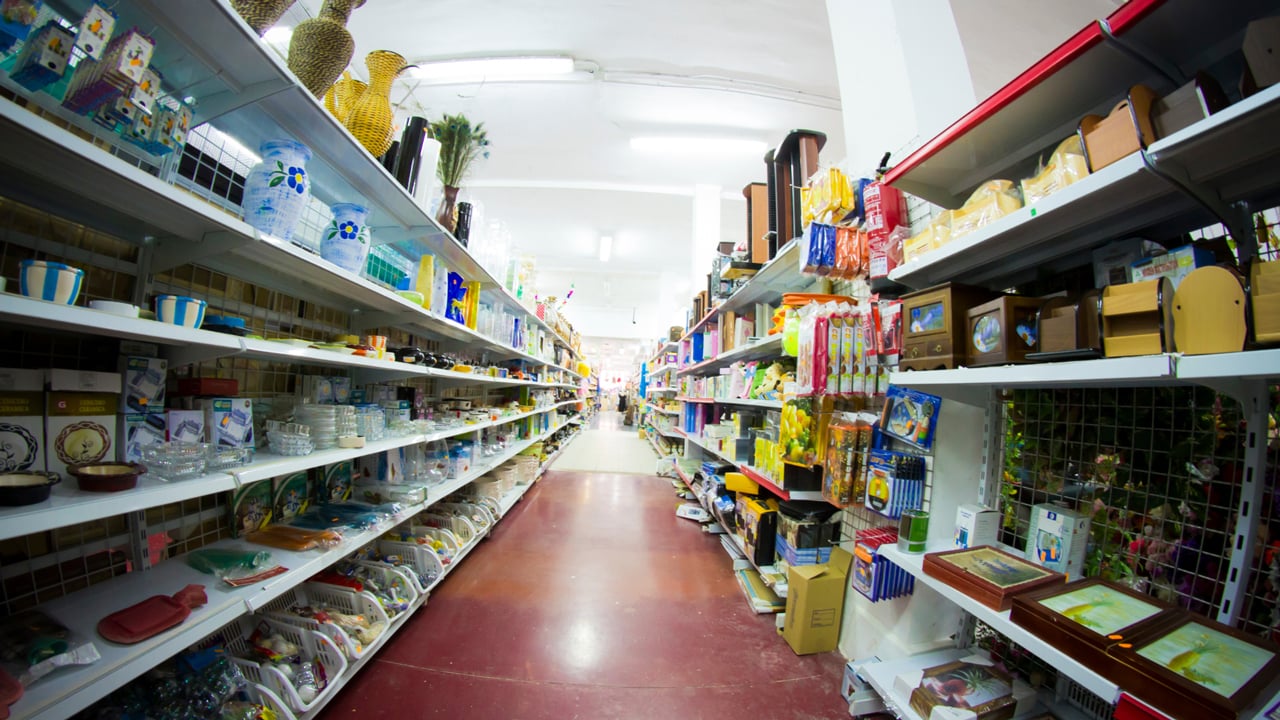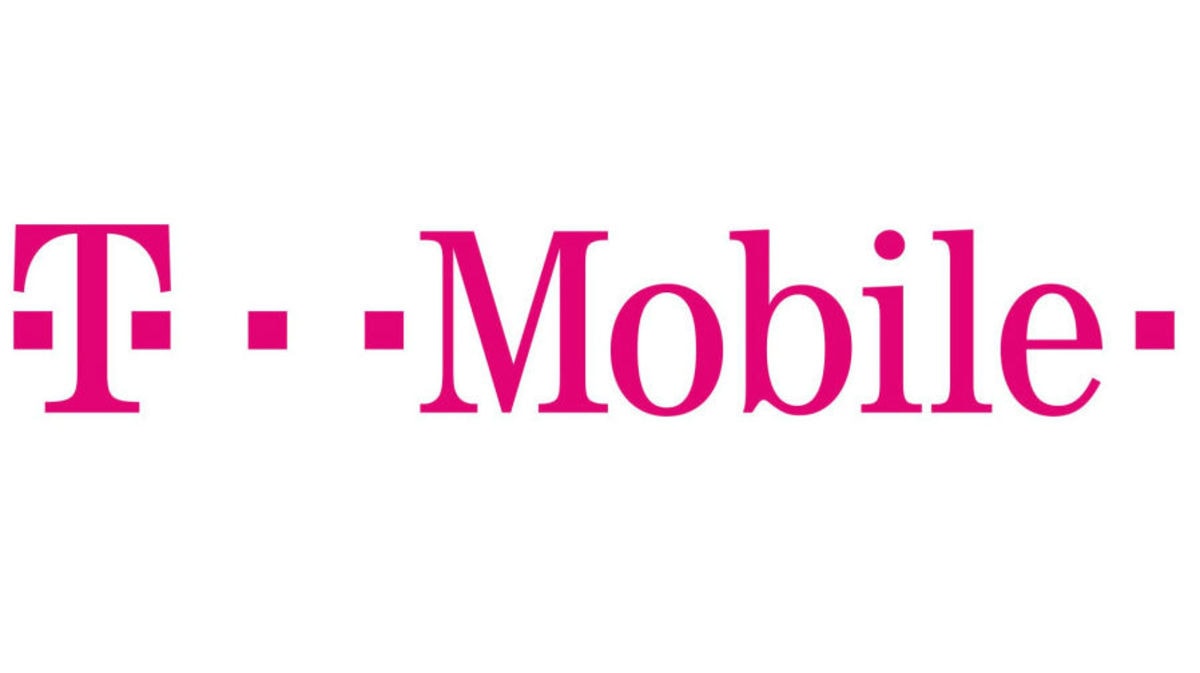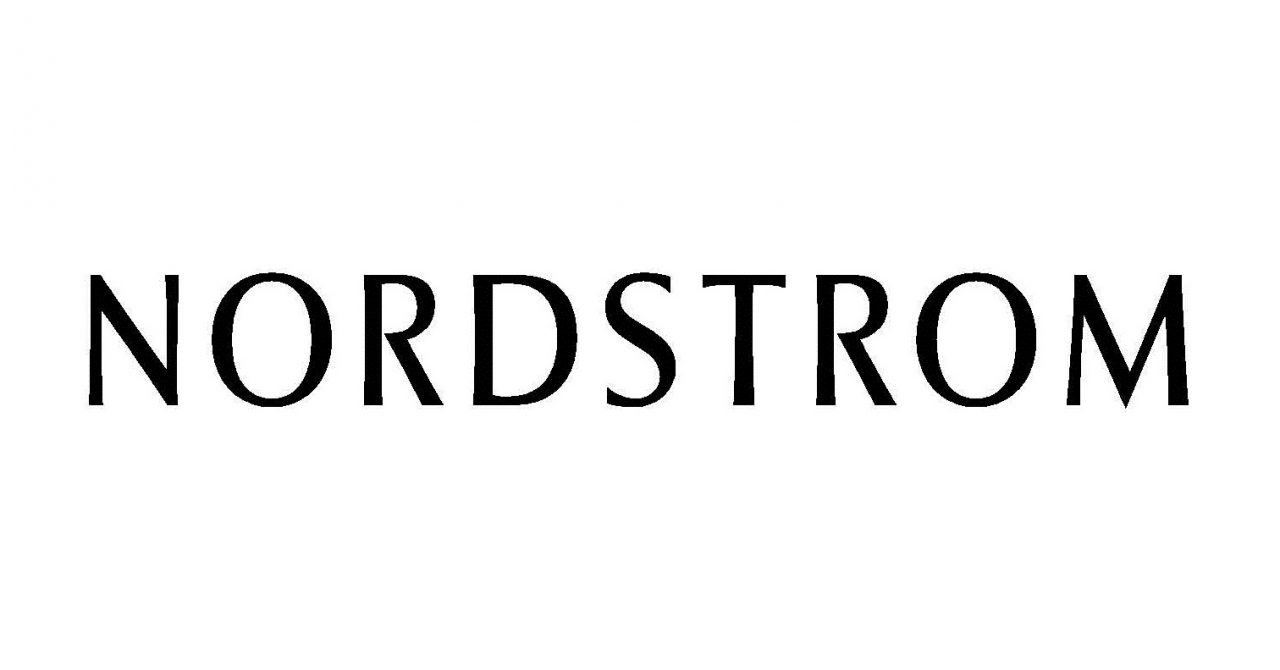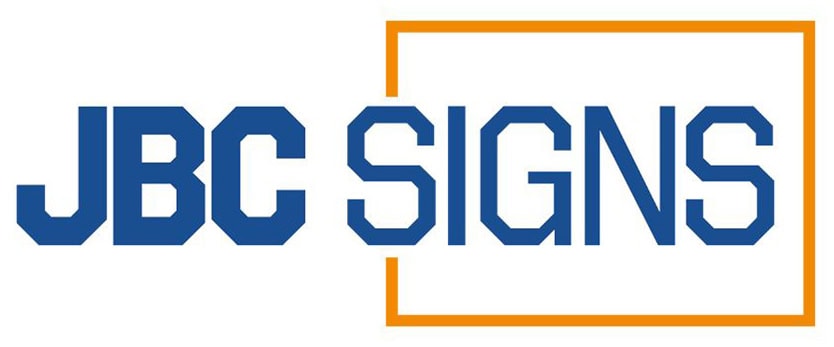Key Takeaways
- Ensure Clear Traffic Flow
Crowded aisles and poorly placed displays make shopping frustrating. Organize displays to allow easy movement and product access. A well-structured layout encourages longer browsing. - Maintain Consistent Design Elements
Mismatched displays can create a chaotic look that confuses customers. Use a consistent theme with matching racks, shelves, and signage. A cohesive design improves brand perception and trust. - Update Displays Seasonally
Outdated displays can make a store feel stale and unappealing. Refresh signage, colors, and featured products based on seasons or trends. New visuals keep customers engaged and interested. - Provide Adequate Lighting
Poor lighting makes products less appealing and hard to see. Use spotlights, backlights, or natural lighting to highlight key displays. Well-lit merchandise attracts attention and boosts sales. - Avoid Overcrowding Products
Overfilled displays overwhelm shoppers and make browsing difficult. Leave enough space between items to make them stand out. A clean, organized setup enhances product visibility and appeal.
Retail display isn’t really an exact science. However, there are some things that you can do to enhance the effectiveness of your display. For example, incorporating acrylic brochure holders and literature sign holders into the overall design can help deliver the information that you want to come across to your potential customers.
However, there are also some common mistakes to avoid in connection with retail displays. These can actually make your display ineffective and, in some cases, have a negative effect on the people seeing them.
This article will go through the common mistakes that people make in connection with retail displays and how to avoid them.
Cluttering the Shop
This is one of the most common mistakes you will see in retail stores. In an effort to maximize the retail display and space—you might put everything there. That’s understandable because you want all of your items to be seen and bought, resulting in better business.
The problem is that customers usually have something in their minds that they want to buy when they walk into a shop. The brochure holders with your posters are there—a great way to convince them to check out something else. However, if your catalog display, literature displays, and pamphlet holders are too obtrusive, then it defeats their purpose.
People might get annoyed if your sign holder, acrylic brochure holder, and flier holder are in their way. Don’t overdo the products or information displays and make them too crowded. Don’t let the literature racks or literature holders hinder the movement of your customers inside your store. Instead of convincing them to buy things, they could end up getting annoyed.
In visual displays, less is sometimes more. Just try to focus the attention of your patrons on the main product that you want to push.
Hiding Prices and Other Info
Sometimes retailers make the mistake of hiding their items' pricing and other details about a product on the poster or display. When they feel that the price or other information is not going to attract customers, they try to hide that by making the text smaller. Sometimes they don’t even include price content in the display.
Hiding the prices and other information will mean your customers will have to work harder to get the information they are looking for. That can also turn off your potential customers because they will know that you are trying to hide it from them.
You should give your customers the best shopping experience that you can through a careful display of your brochures. Part of that is making it easy to access the information they need. You can use brochure holders and sign holders to display the info needed.
Use of One-Dimensional Displays
Flier holders, a Slatwall, a clear countertop, literature storage, and restaurant menu signs are visual aids that can make your store look more complete. However, not all displays are the same. If you are just using a one-dimensional display, then your store could end up looking flat and boring.
You can use platforms and risers to showcase your products at varying heights. Also, don’t just use images and photos of your products on your display. Use the current products to showcase their features to the customers.
Lack of Interactivity
Another common mistake a company makes when creating retail displays is the lack of interactivity. People like it when they can handle the product, they want to experience how it actually feels to hold and handle the product that they have on hand. That’s the reason why people prefer interactive displays over passive ones.
You can create a sample counter or table where people can actually try your product. It would help if you could let your customers try out what you are offering—even adding value to your customer service and improving your sales.
If you have food products, then let your customers taste them. If you have tools, then allow people to handle them. The important thing is for them to experience how to use the product.
Not Updating Your Display
How often do you change your literature organizers on-site?
If it takes you several months before you change your display, then there could be a problem. That could be the reason why you are not getting the traction you need. People could see the same display each month and they will lose interest.
That can make an impression that you don’t really care about your customers because you are not bothering to update your flyers and displays for them. You may improve your customer experience when you change your displays on a regular basis.
Even if you are highlighting the same products, the displays should be made to look fresh and unique.
Lack of Creativity
Are your retail wall displays and stands interesting to look at? Are they appealing to the customers?
If your retail displays lack creativity, then it will not make a difference even if you change them often or if you provide all the relevant information. People will not notice or look at them.
You need to have some level of creativity whenever you are creating those displays. You want them to appeal to people. They can be humorous or they can follow a certain trend. It’s really up to you, but you need to tickle the imagination of your audience—while providing deals, offers, and adds information to your displays.
Being creative with your retail displays can be a double-edged sword. There’s the danger of creating a display that might offend someone. So, when you are conceptualizing your display, ask yourself if the idea would offend anyone for any reason. You need to be sensitive about the way that others might feel on certain issues.
Displays Do Not Match the Season
This is connected with the other problem we have listed here, which is not changing the displays often enough. Sometimes, stores forget to remove their seasonal display materials, magazines, booklets, and product images, or they might forget to put up the right item displays for the occasion.
You’re missing out on a great opportunity if you don’t put up seasonal displays, especially if you have products that are right for that season.
These are just some of the common mistakes that people make in connection with retail display designs. It’s understandable if small stores can commit these missteps. Sometimes they are just too busy handling the day-to-day operations of the store to worry about these things.
Offer Your Customer the Best Experience with our Brochure Holders
If you want to get the most out of your retail store, you need to get the best displays and use the top brochure holders and sign holders for your retail store. Visit Display & Holders now for more information
Sign holders perform the duties of a team member by providing crucial consumer information and creating a call to action for would-be customers to learn more about a service or goods.
To learn more, fill out our online form or contact us at 714-527-1179 at Displays and Holders today!
FAQs
- Why does traffic flow matter in retail displays?
A clear, open layout makes shopping easier and more enjoyable. Customers are more likely to explore and purchase when displays are accessible. Poor flow can discourage browsing and reduce sales. - How does a consistent design improve retail displays?
A unified design makes the store look professional and inviting. Matching colors, signage, and display styles create a seamless shopping experience. Customers feel more comfortable and trust the brand. - How often should retail displays be updated?
Displays should change seasonally or during major sales events. Frequent updates keep the store looking fresh and engaging. Customers notice new items more when displays are regularly refreshed. - Why is lighting important for retail displays?
Good lighting highlights products and makes them more appealing. Poor lighting can make products look dull or unnoticeable. Well-lit displays draw attention and increase sales potential. - What’s the impact of overcrowded displays?
Cluttered shelves make it hard for customers to focus on products. A clean, well-spaced display makes shopping easier and more enjoyable. Organizing items neatly encourages higher engagement and purchases.














